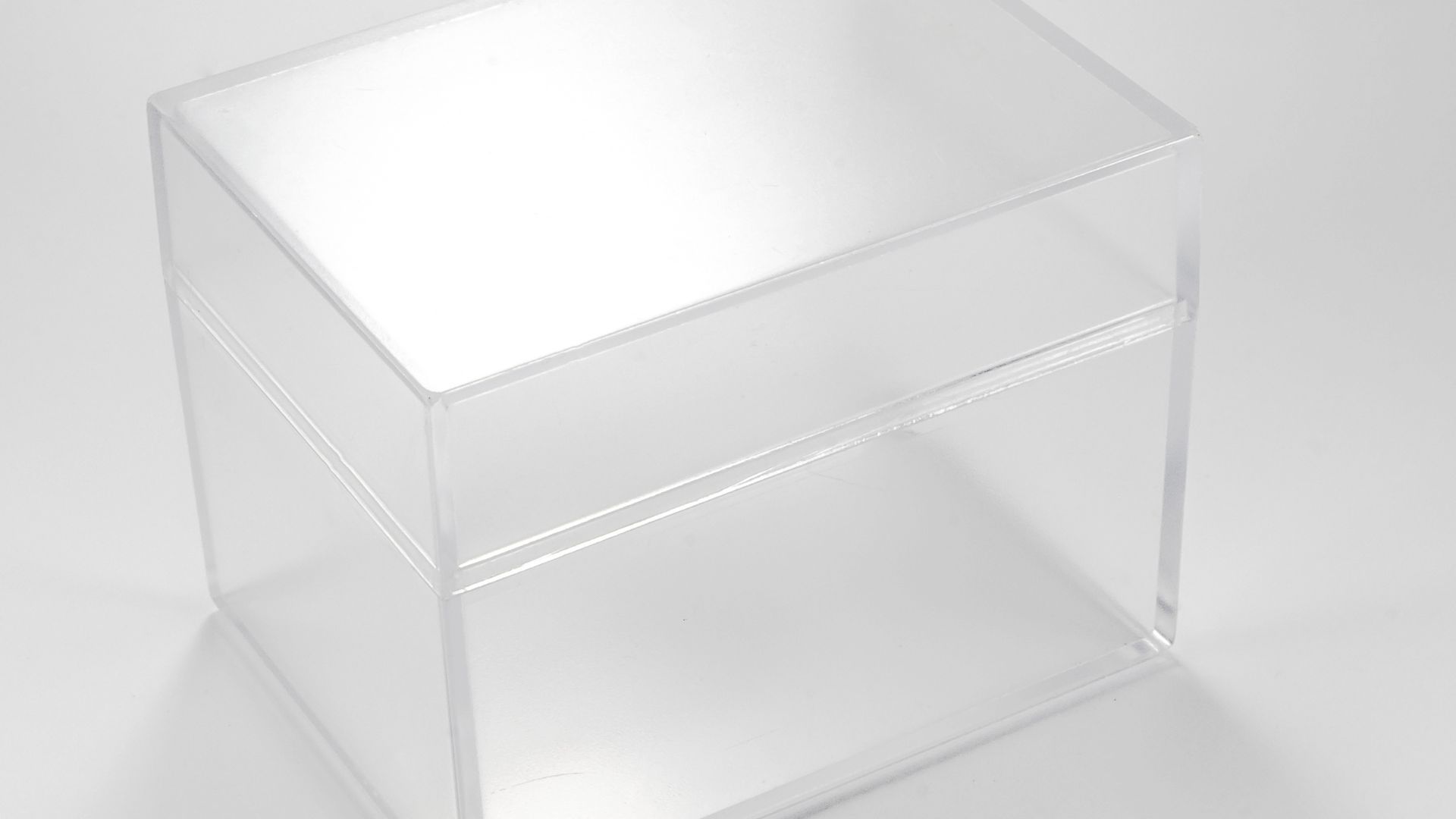
Unveiling the Labubu Craze: How Polymer Materials Drive Innovation and Shape the Future of Trendy Collectibles
Labubu's Meteoric Rise: Design Appeal and Celebrity Endorsements Ignite Global Mania
Created by Hong Kong designer Johnny Lau, Labubu first debuted in 2015, quickly captivating collectors worldwide with its signature “nine sharp teeth” and quirky crooked smile — a character that balances cuteness with a hint of mischief. Between 2024 and 2025, the Labubu series generated RMB 3.04 billion in revenue for Pop Mart, representing an extraordinary 726.6% year-over-year growth and cementing its status as the company's flagship IP.
Labubu's market influence extends beyond sales. At the Beijing Yongle spring auction in June 2025, the only original mint-green Labubu sculpture sold for RMB 1.08 million, setting a new record for single collectible toys. A limited edition brown Labubu (15 pieces) fetched RMB 820,000, with total auction proceeds exceeding RMB 3.7 million. On secondary markets, collaborative Vans models surged from RMB 599 to RMB 30,000; blind-box hidden versions appreciated over 30 times; and certain collaborations reached RMB 28,000, reflecting strong collector enthusiasm and market appreciation.
Celebrity endorsements and social media further amplify Labubu's appeal. International stars including Rihanna, David Beckham, and BLACKPINK's Lisa have been spotted wearing Labubu charms, transforming them into coveted luxury handbag accessories. Social media topics related to Labubu have garnered over one billion views, while a Labubu-themed “Baby Shark” parody video by Thai netizens exceeded five million views, fueling viral engagement worldwide.
Industry Collaboration and Material Innovation: The Technical Foundations of Labubu's Success
Labubu's rise is not only attributed to design and branding but also to sophisticated industry collaboration and advances in polymer materials. Manufacturers apply cutting-edge modular molding techniques to faithfully reproduce Labubu's distinctive nine sharp teeth and rich facial expressions. A proprietary polymer composite process integrates traditional soft vinyl (polyvinyl chloride, PVC) with skin-friendly plush materials, creating high-quality “charm and plush” hybrid collectibles. This innovative approach reduces the cost and complexity of full-body molds while overcoming the uniformity issues common in pure plush toys, delivering a unique combination of tactile and visual appeal.
The “Plastic Magic” Behind Collectibles: Polymers Empowering Design, Functionality, and Sustainability
As the designer toy market grows increasingly competitive, materials technology determines product texture, durability, and user experience. Polymers, known for their moldability, processing efficiency, and expressive potential, form a versatile material system across toy bodies and interactive components.
PVC: Balancing Shape Fidelity and Cost Efficiency
Polyvinyl chloride (PVC) remains the predominant material in collectible toy manufacturing, especially for soft vinyl processes and mass production. Labubu’s series utilizes PVC alongside precision modular molding to replicate complex features like nine sharp teeth and crooked smiles. The addition of methyl methacrylate-butadiene-styrene (MBS) modifiers improves toughness and reduces transport damage risks. Its cost-effectiveness makes PVC ideal for blind-box brands targeting rapid market expansion.
ABS and PC: High Precision Structural Components
Acrylonitrile butadiene styrene (ABS) and polycarbonate (PC) alloys are preferred for components demanding dimensional accuracy, such as movable joints and assembly modules. LEGO bricks, for instance, use ABS with dimensional tolerances controlled within ±0.02 mm, ensuring robust assembly stability. ABS also supports premium finishes like high gloss and electroplating, fulfilling aesthetic requirements.
Modified Polyester Fibers: Skin-friendly Textures and Composite Structures
The demand for “companionship” toys with enhanced tactile experiences drives the use of soft materials. For example, Super Vitality Factory's “PPF Plush Figurines” employ modified polyester fibers, combining a faux fur feel with eco-friendly properties. This material complies with EU environmental standards, offering antibacterial and wrinkle-resistant benefits. When integrated with PVC, it achieves an optimal balance between touch quality and production efficiency.
Thermosensitive Polymers: Enhancing Interactivity and Viral Appeal
To boost interactivity, thermochromic polymers are utilized in Pop Mart's “Labubu Mood Buddies” series. Encapsulated via microcapsule technology, these materials change color within 3–5 seconds upon contact with body temperature and sustain cycling stability up to 100,000 times, significantly enhancing playability and consumer engagement.
Looking ahead, smart responsive polymers—such as conductive and photosensitive materials—will further expand play possibilities. Concurrently, biobased polymers like polylactic acid (PLA), polyhydroxyalkanoates (PHA), and recyclable polymers like recycled polyethylene terephthalate (rPET) are advancing the industry towards sustainable, high value-added manufacturing.
Can Transparency Become a Trend? The Multifaceted Potential of PET in the Collectible Toy Industry
While PVC, ABS, and thermoplastic elastomers (TPE) dominate toy bodies, polyethylene terephthalate (PET) is gaining traction for packaging, display cases, and eco-friendly accessories due to its excellent transparency, mechanical strength, and chemical stability.
Pop Mart’s Labubu “Memory Series” gift box exemplifies PET’s advantages, featuring a food-grade, high-transparency thermoformed outer shell. This PET case offers superior scratch resistance and dust/moisture protection, enhancing product preservation and display appeal—qualities highly valued by blind-box collectors.
However, PET currently is unsuitable for manufacturing intricate Labubu toy bodies due to its high hardness, low flexibility, and limited melt flow, which impair molding of detailed and movable parts.
Nonetheless, PET excels in peripheral accessories and sustainable structural components. For example, South Korean collectible brand Sticky Monster Lab (SML) employs injection-molded recycled PET (rPET) pellets derived from beverage bottles for limited-edition display bases, combining transparency with recyclability and reinforcing brand environmental responsibility.
In 3D printing, studios increasingly prefer glycol-modified PET (PETG) over PLA for prototype modeling. PETG combines transparency, toughness, and excellent layer adhesion, suitable for large collectible prototypes and hybrid resin/FDM printing, enhancing structural reinforcement and visual quality.
With ongoing advances in copolymer modification, thermoforming, and surface treatment technologies, PET and its derivatives are poised to expand into mid-to-high-end structural applications, fostering a collectible toy ecosystem that is display-friendly, recyclable, and interactive.
Conclusion
As the collectible toy market pursues personalization, premium quality, and environmental sustainability, polymer material innovations remain pivotal growth drivers. Labubu’s dual breakthroughs in design and material science have set new industry standards. Moving forward, the integration of novel polymer technologies and green materials will foster a diversified, intelligent, and eco-conscious collectible toy landscape—one that harmonizes aesthetics, functionality, and sustainability.


